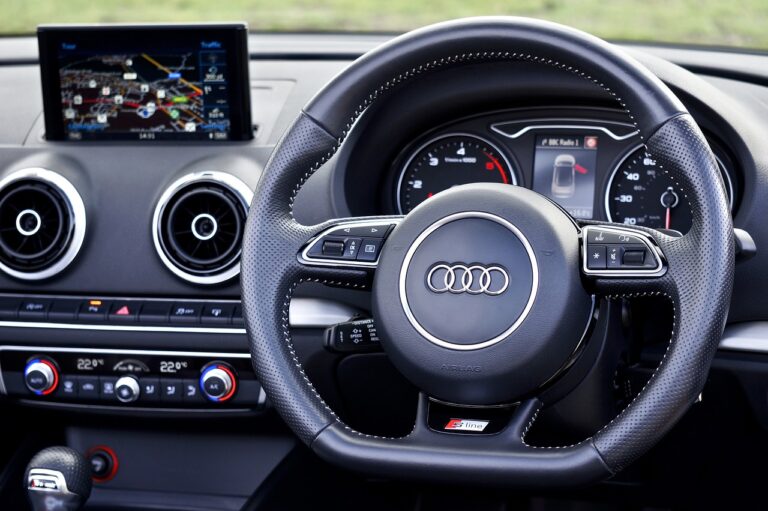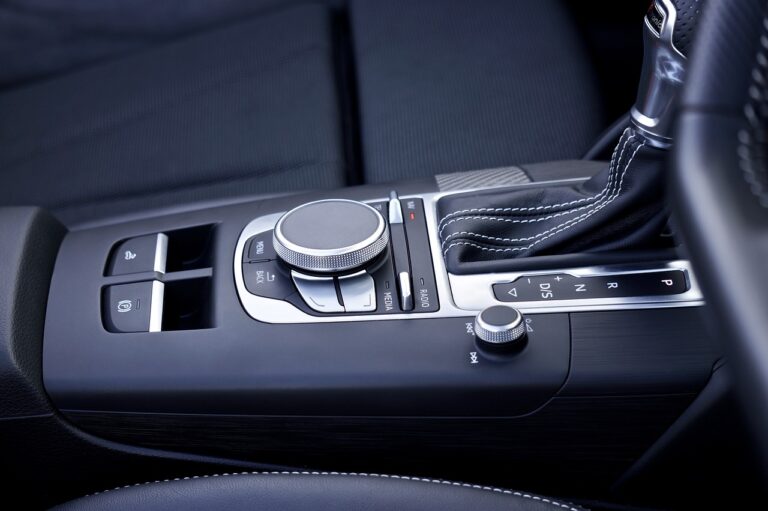How Smart Highways are Changing the Driving Experience
Incorporating cutting-edge advancements in technology, highways are being transformed into intelligent networks capable of enhancing the overall driving experience. These smart highways utilize sensors, cameras, and data analytics to proactively monitor road conditions in real-time, allowing for swift response to potential hazards or congestion.
By leveraging this technology, authorities can implement dynamic lane management systems that adjust traffic flow to optimize efficiency and reduce bottlenecks. Additionally, smart highways can provide drivers with real-time updates on weather conditions, accidents, and alternative routes, empowering them to make informed decisions and reach their destinations safely and efficiently.
Enhanced Safety Features
Vehicles equipped with enhanced safety features are proving to be instrumental in significantly reducing road accidents. With advanced systems like automatic emergency braking and lane departure warnings, these features act as vigilant co-pilots, constantly monitoring the surroundings and alerting drivers to potential dangers on the road.
Moreover, the incorporation of smart sensors and cameras has further augmented the safety aspect by providing real-time data and visual assistance to drivers. These technological advancements not only assist in preventing collisions but also promote a more responsive driving experience, thereby creating a safer environment for all road users.
Improved Traffic Flow
Smart highway technology has revolutionized the way traffic flows on major roadways. Through the use of real-time data collection and analysis, these advanced systems have the ability to adjust traffic signal timings and provide dynamic routing information to drivers, ultimately minimizing congestion during peak hours. This proactive approach ensures a smoother and more efficient flow of vehicles, reducing travel times and fuel consumption for all road users.
By incorporating integrated communication systems, such as vehicle-to-infrastructure (V2I) and vehicle-to-vehicle (V2V) technology, smart highways enable vehicles to communicate with each other and with the infrastructure around them. This seamless connection allows for better coordination of traffic movements, including adaptive cruise control and automated lane-keeping assistance, resulting in a more synchronized and harmonious traffic flow. As a result, not only is the overall traffic flow improved, but the risk of accidents and collisions is also significantly reduced, making road travel safer for everyone.





